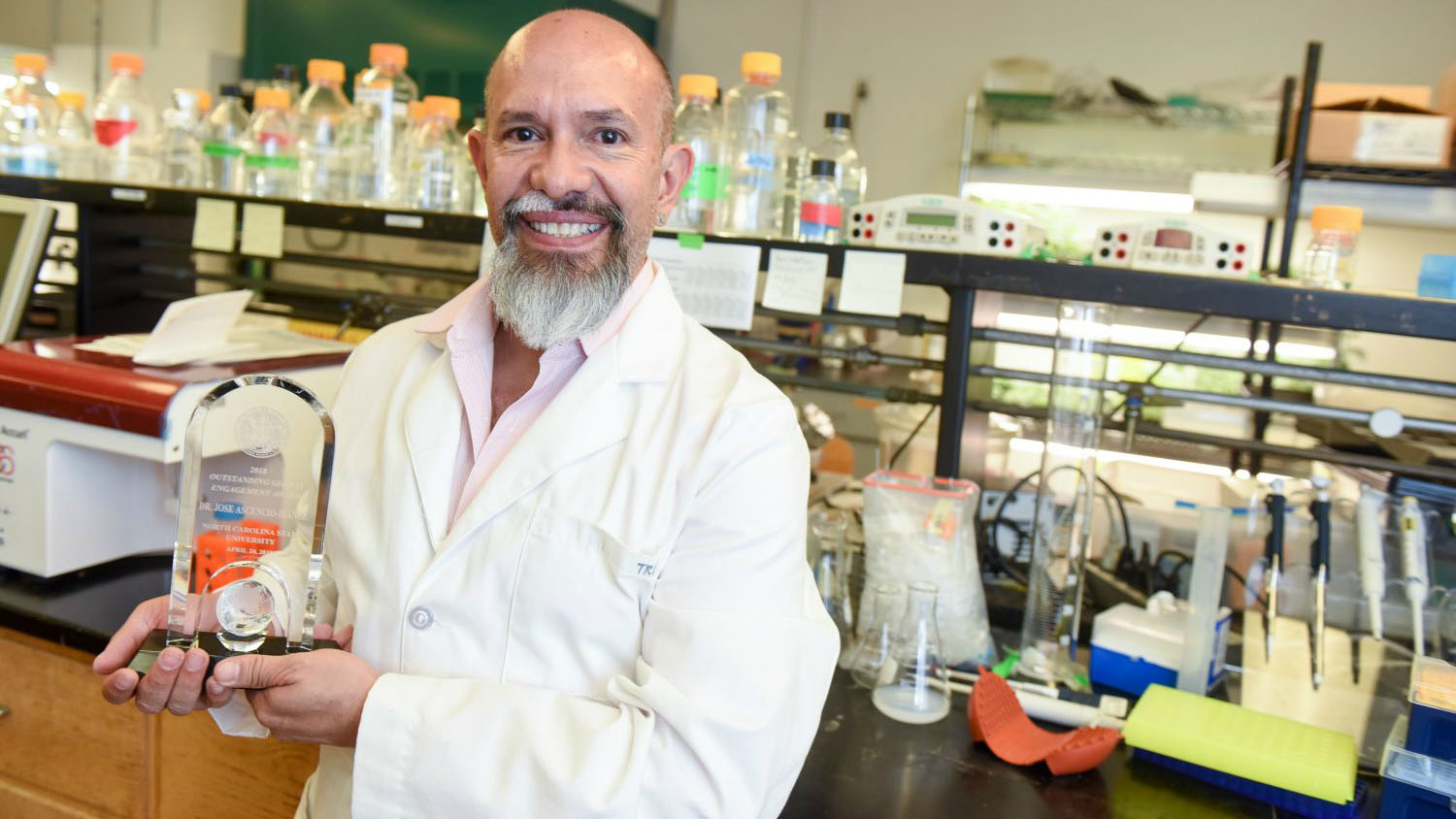Global Outreach in Nairobi

Dr. Jose Ascencio-Ibanez, Teaching Assistant Professor and Coordinator of Undergraduate Research, recently returned from a one-week outreach initiative as part of the NSF-PIRE (Partnerships for International Research and Education) program.
The destination: Nairobi, at the BecA-ILRI Hub (Biosciences for East and Central Africa- International Livestock Research Institute, Nairobi, Kenya).
The aim of the project: Identify drivers of viral evolution (particularly begomoviruses) infecting cassava (Manihot esculenta).
“We are looking forward to continuing our studies and to provide students, postdocs and faculty with education in international engagement.” Ascencio-Ibanez said.
Exciting, Impactful Use Of Data
Cassava is a staple crop that feeds a lot of people in Africa and other areas of the world but is not fully considered a “cash crop.” In some areas, research in cassava is still not up to par with other roots or vegetables.
Cassava-infecting viruses fall into two main flavors (at least the most devastating ones): geminiviruses and potyviruses. For geminiviruses, also called Cassava Mosaic Disease (CMD), and for potyviruses, the common name is Cassava Brown Streak Disease (CBSD). They are transmitted by insects like whiteflies from the Bemisia genus and cause serious problems with production. CMD severely reduces productivity, while CBSD mostly makes the cassava roots either inedible or not commercially apt. Both problems have been aggravating as time passes – and one of the issues is the adaptability and rapid evolution of the viruses.
The researchers focused on CMD and the ability of the viruses to evolve in propagation experiments, where the plant is cut and re-planted, or when the transmission happens through the vector. Once the data is analyzed, the group expects to be able to propose mechanisms for control of the virus or at least provide the breeders with unequivocal information regarding which means of transmission will cause more problems down the road. This will allow breeders to better decide where to deploy selected materials.
“Our annual meeting brought people together from Rutgers University, Elizabeth City State University, Auburn University and from three different departments at NC State – Plant and Microbial Biology, Entomology and Plant Pathology and Molecular and Structural Biochemistry Departments,” Ascencio-Ibanez said. “Besides that, we also had personnel stationed at BecA who joined us for the meeting, plus our African partners from Nairobi and from the Mikocheni Agricultural Research Institute in Dar es Salaam, Tanzania.”
After two exhausting but productive days, they were able to visualize where they want to go and how they want to get there, as well as ways to strategize and distribute the workload.
- Categories: